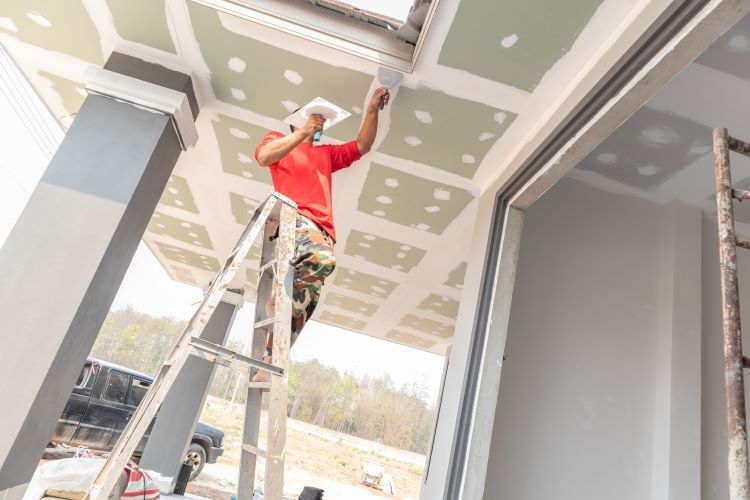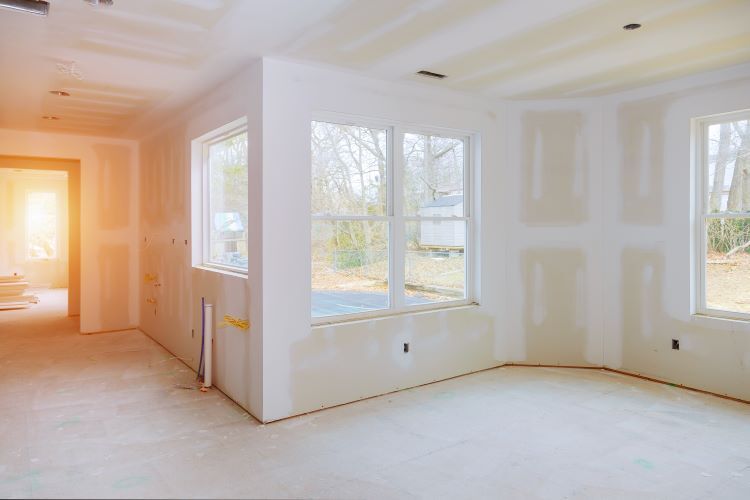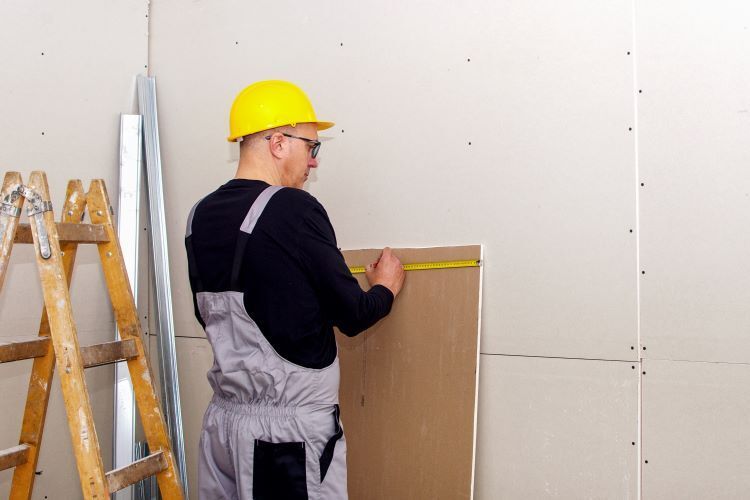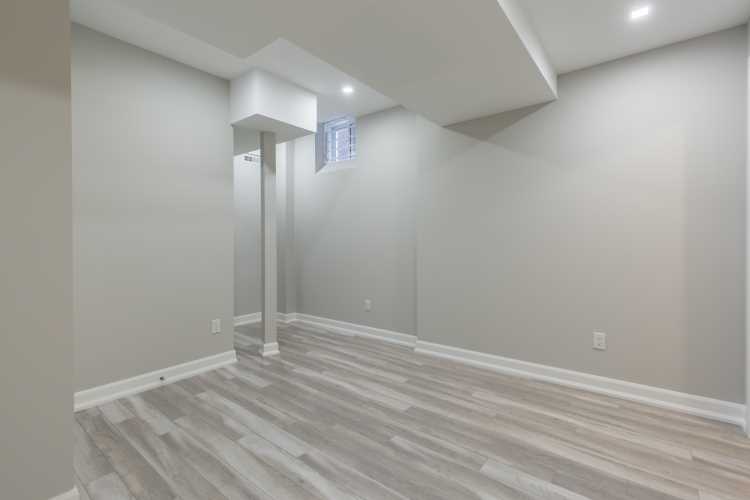Solid Gypsum Sheets: The Ultimate Choice for Superior Drywall

When it comes to building or renovating a home, choosing the right drywall is a critical decision. For homeowners and contractors in Saskatoon, solid gypsum sheets stand out as the ultimate choice for superior drywall. Renowned for their durability, versatility, and aesthetic appeal, solid gypsum sheets provide a reliable solution for creating smooth, long-lasting walls and ceilings. Here’s why they’re a cut above the rest.
What Are Solid Gypsum Sheets?
Solid gypsum sheets, commonly referred to as drywall or plasterboard, are panels made primarily from gypsum – a natural mineral known for its fire resistance and strength. These sheets are sandwiched between layers of durable paper, creating a lightweight yet robust material perfect for interior wall and ceiling construction.
Benefits of Solid Gypsum Sheets
1. Exceptional Durability
Solid gypsum sheets are engineered to withstand the wear and tear of daily life. Whether it’s in high-traffic areas or busy family homes, these sheets resist dents, scratches, and impacts better than many other options.
2. Fire Resistance
One of gypsum’s most remarkable properties is its fire resistance. Solid gypsum sheets act as a barrier, slowing the spread of fire and providing critical time for occupants to evacuate. This makes them an excellent choice for enhancing home safety in Saskatoon’s residential and commercial properties.
3. Smooth Finish for Aesthetic Appeal
When installed and finished correctly, gypsum sheets create an impeccably smooth surface, perfect for painting or wallpapering. This ensures your walls and ceilings look polished and professional.
4. Sound Insulation
Solid gypsum sheets are an effective choice for soundproofing. Whether you want to block noise between rooms or reduce echoes in a shared space, gypsum sheets can help create a quieter, more comfortable environment.
5. Mold and Moisture Resistance
Specially treated gypsum sheets are available with mold and moisture-resistant properties. These are ideal for humid areas such as bathrooms, basements, and kitchens, helping to prevent costly repairs caused by water damage.
Applications of Solid Gypsum Sheets
Residential Projects
From living rooms to bedrooms, solid gypsum sheets are perfect for creating smooth, durable walls and ceilings in homes across Saskatoon.
Commercial Spaces
Gypsum sheets are widely used in offices, retail stores, and restaurants for their clean finish and ability to meet fire safety standards.
Renovation Projects
Updating your walls? Solid gypsum sheets make it easy to modernize your space while maintaining structural integrity.
Why Choose Saskatoon Drywallers for Your Gypsum Needs?
At Saskatoon Drywallers, we understand that quality materials and expert installation are essential for superior results.
Here’s why clients trust us for their drywall projects:
- Premium Materials: We source only the highest-quality solid gypsum sheets to ensure lasting performance.
- Professional Installation: Our skilled team ensures precise installation, delivering smooth, flawless walls every time.
- Customized Solutions: We tailor our services to meet the specific needs of your project, from moisture-resistant sheets to specialized fire-rated panels.
- Local Expertise: With years of experience serving Saskatoon, we understand the unique demands of local homes and businesses.
Tips for Maintaining Solid Gypsum Drywall
- Inspect Regularly: Check for cracks, dents, or moisture damage and address issues promptly to maintain integrity.
- Repaint Periodically: Refreshing the paint can help protect the surface and keep your walls looking their best.
- Control Humidity: Use dehumidifiers in moisture-prone areas to prevent mold growth.
Conclusion
Solid gypsum sheets offer an unbeatable combination of durability, safety, and style, making them the ultimate choice for drywall in Saskatoon. Whether you’re building a new home, renovating a space, or upgrading your business, these versatile panels deliver exceptional results.
Ready to experience the benefits of solid gypsum sheets? Contact Saskatoon Drywallers today for expert advice and professional installation tailored to your needs. Let us help you transform your space with superior drywall solutions!
You might also like


